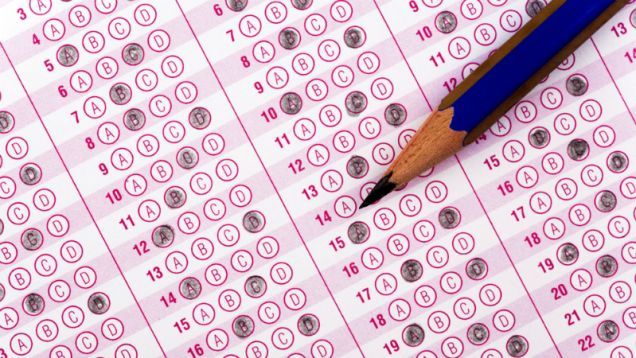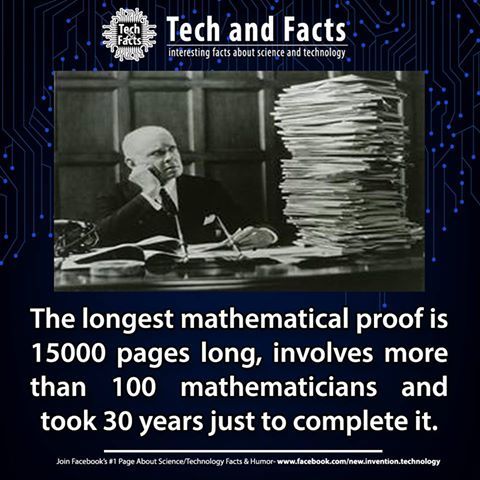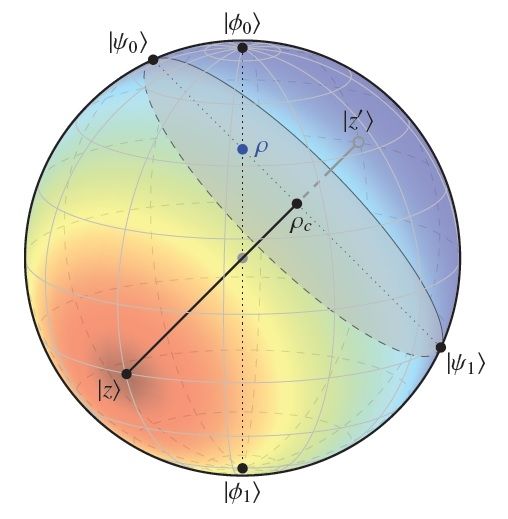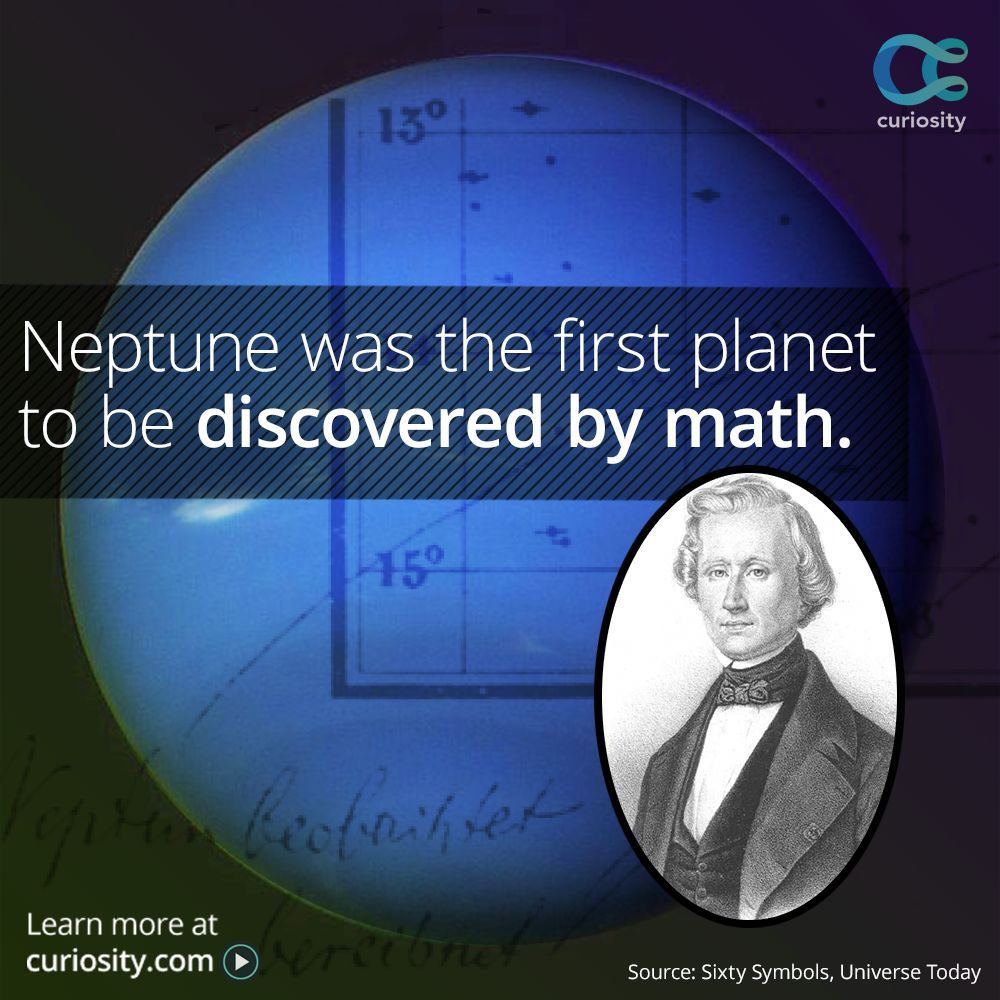Archive for the ‘mathematics’ category: Page 146
Feb 21, 2016
No Big Bang? Quantum equation predicts universe has no beginning
Posted by Karen Hurst in categories: cosmology, information science, mathematics, quantum physics, singularity
New equation proves no “Big Bang” theory and no beginning either as well as no singularity.
(Phys.org) —The universe may have existed forever, according to a new model that applies quantum correction terms to complement Einstein’s theory of general relativity. The model may also account for dark matter and dark energy, resolving multiple problems at once.
The widely accepted age of the universe, as estimated by general relativity, is 13.8 billion years. In the beginning, everything in existence is thought to have occupied a single infinitely dense point, or singularity. Only after this point began to expand in a “Big Bang” did the universe officially begin.
Continue reading “No Big Bang? Quantum equation predicts universe has no beginning” »
Feb 19, 2016
Physicists discover easy way to measure entanglement—on a sphere
Posted by Karen Hurst in categories: mathematics, quantum physics
Measuring entanglement — the amount of entanglement between states corresponds to the distance between two points on a Bloch sphere.
To do this, the scientists turned the difficult analytical problem into an easy geometrical one. They showed that, in many cases, the amount of entanglement between states corresponds to the distance between two points on a Bloch sphere, which is basically a normal 3D sphere that physicists use to model quantum states.
As the scientists explain, the traditionally difficult part of the math problem is that it requires finding the optimal decomposition of mixed states into pure states. The geometrical approach completely eliminates this requirement by reducing the many possible ways that states could decompose down to a single point on the sphere at which there is zero entanglement. The approach requires that there be only one such point, or “root,” of zero entanglement, prompting the physicists to describe the method as “one root to rule them all.”
Feb 18, 2016
The First Planet Discovered By Math
Posted by Shailesh Prasad in categories: mathematics, physics, space
Two astronomers fought for credit when Neptune’s presence was confirmed in 1846: John Couch Adams from Britain, and Urbain Le Verrier from France. Both had used math and physics to predict Neptune’s position, but Le Verrier’s prediction turned out to be more accurate. See references.
Dec 24, 2015
New genes associated with extreme longevity identified
Posted by Sean Brazell in categories: biotech/medical, genetics, health, life extension, mathematics, neuroscience
Death is a disease.
Diseases can and will be cured.
Do the math. wink
Continue reading “New genes associated with extreme longevity identified” »
Dec 2, 2015
Why the history of maths is also the history of art — By Lynn Gamwell | The Guardian
Posted by Odette Bohr Dienel in categories: mathematics, media & arts
“In her new book Mathematics and Art, historian Lyn Gamwell explores how artists have for thousands of years used mathematical concepts — such as infinity, number and form — in their work. Here she choses ten stunning images from her book that reveal connections between maths and art.”
Nov 16, 2015
An AI Program in Japan Just Passed a College Entrance Exam
Posted by Shailesh Prasad in categories: mathematics, physics, robotics/AI

An artificial intelligence program received such high scores on a standardized test that it’d have an 80% chance of getting into a Japanese university.
The Wall Street Journal reports that the program, developed by Japan’s National Institute of Informatics, took a multi-subject college entrance exam and passed with an above-average score of 511 points out of a possible 950. (The national average is 416.) With scores like that, it has an 8 out of 10 chance of being admitted to 441 private institutions in Japan, and 33 national ones.
Continue reading “An AI Program in Japan Just Passed a College Entrance Exam” »
Oct 31, 2015
‘Impossible’ Device Could Propel Flying Cars, Stealth Missiles
Posted by Shailesh Prasad in categories: mathematics, military, space, transportation
To critics, it’s flat-out junk science, not even worth thinking about. But its inventor, Roger Shawyer, has doggedly continued his work. As Danger Room reported last year, Chinese scientists claimed to validate his math and were building their own version.
Shawyer gave a presentation earlier this week on the Emdrive’s progress at the CEAS 2009 European Air & Space Conference. It answered few questions, but hinted at how the Emdrive might transform spaceflight — and warfare. If the technology works, that is.
The heart of the Emdrive is a resonant, tapered cavity filled with microwaves. According to Shawyer, a relativistic effect generates a net thrust, an effect confirmed by various Emdrives he has built as demonstrations. Critics say that any thrust from the drive must come from another source. Shawyer is adamant that the measured thrust is not caused by other factors.














